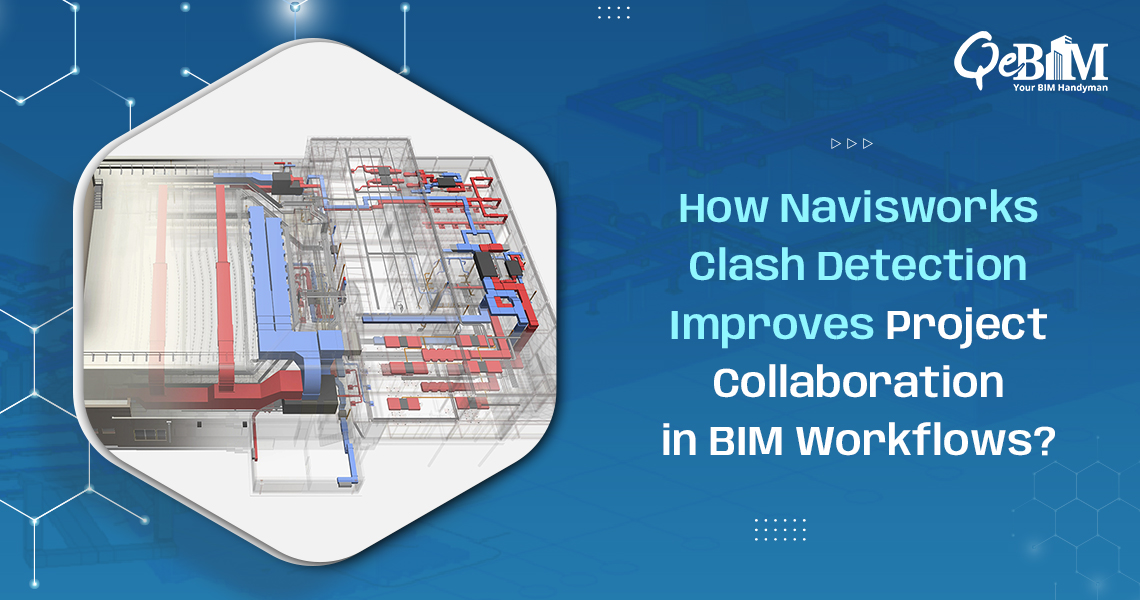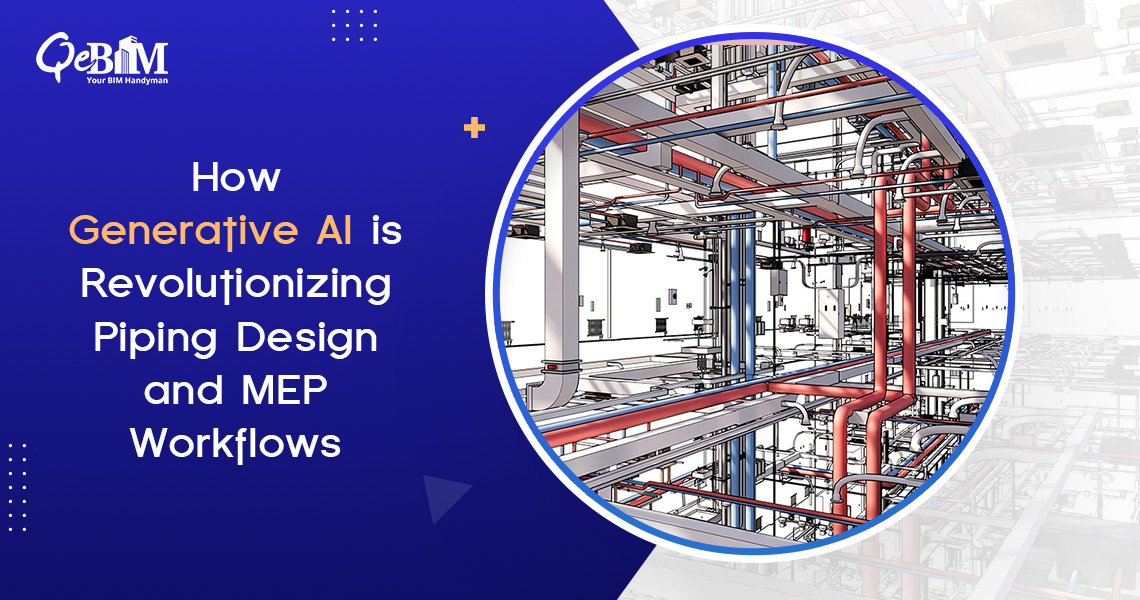In any construction project, collaboration between the architects, engineers and contractors is both essential as well as challenging. No matter how carefully planned a design may seem, coordination issues often arise once multiple disciplines start sharing their models. Imagine discovering that a structural beam cuts through an air duct or that a plumbing line interferes with electrical conduits — these clashes can easily derail the timelines and inflate the costs.
That’s where Navisworks Clash Detection comes in for a rescue. Acting as a bridge between the different design teams, it identifies these conflicts early in the digital model — long before they turn into on-site problems. Beyond just finding clashes, Navisworks enables the AEC teams to communicate better, make informed design adjustments and ultimately delivering the projects more efficiently yet collaboratively.
Understanding Clash Detection in Navisworks
Clash detection in Navisworks involves analyzing the federated 3D models to identify and resolve the design conflicts before even the construction begins. The software combines the architectural, structural and MEP models into a single environment hence allowing the teams to visualize spatial relationships and detect the inconsistencies in geometry or even the design intent.
Navisworks categorizes clashes into three main types:
- Hard Clashes: These are classified as the physical intersections between two elements (e.g., a duct intersecting a beam).
- Soft Clashes: These are the clearance or tolerance issues, often related to the maintenances or accessibility requirements.
- Workflow Clashes: These are the scheduling or sequencing conflicts that arises during the project phasing.
By identifying these issues early, Navisworks helps the teams to prevent the costly field modifications and delays during the construction.
Enhancing Collaboration Across Disciplines
Clash detection isn’t just about identifying the problems—it’s about enabling the effective collaboration. Navisworks facilitates the multi-disciplinary communication through a centralized model review platform thereby allowing the architects, engineers and contractors to work from a single source of truth.
Here’s how it enhances project collaboration:
- Centralized Data Environment: Navisworks aggregates all the design data into a coordinated model thereby promoting the transparency and accessibility.
- Real-Time Issue Tracking: Integrated tools like Clash Detective and Coordination Report lets the teams to log, assign and track the clash resolutions efficiently.
- Better Decision-Making: With 3D visualization and interference reporting, stakeholders can make informed design decisions quite faster.
- Reduced Change Orders: Early clash resolution prevents the design errors from propagating into the construction phase.
- Improved Client Communication: The model-based visualization helps the non-technical clients to understand the spatial and design implications.
Integration with BIM Coordination and MEP Models
When integrated with the BIM Coordination Services, Navisworks acts as a unifying platform for all the disciplines hence enabling the smooth exchange and validation of the design information. Particularly in MEP BIM Modeling Services, where the dense networks of pipes, ducts, and conduits must coexist within the tight spaces, clash detection ensures the constructability without compromising on the performance or safety.
For instance, coordination between the HVAC ducts and structural beams can be optimized during the design stage thereby preventing the expensive reworks on-site. This integrated workflow results in the improved accuracy, schedule adherence and cost predictability.
From Detection to Resolution: The Navisworks Workflow
- Model Aggregation: Import models from various authoring tools such as Revit, AutoCAD or Tekla.
- Clash Setup: Define clash rules, tolerance values and category-based filters to control the detection process.
- Run Clash Tests: Execute tests to identify the interferences and generate reports.
- Issue Management: Assign clashes to the responsible teams using tools like BIM 360 or Autodesk Construction Cloud.
- Resolution and Verification: Update the design models, rerun the clash tests and verify the resolved issues.
This iterative workflow ensures that all the design conflicts are addressed before even the construction begins, fostering a proactive rather than reactive project culture.
Conclusion
Navisworks Clash Detection is more than a coordination tool—it’s a collaboration enabler. By integrating the models, detecting conflicts early and streamlining the communication among the stakeholders, it transforms how the teams plan, design as well as deliver the projects.
Whether you’re managing the architectural coordination or handling intricate MEP layouts, leveraging the clash detection within the BIM workflows helps to deliver the projects faster, with fewer surprises and greater confidence in the design accuracy.





